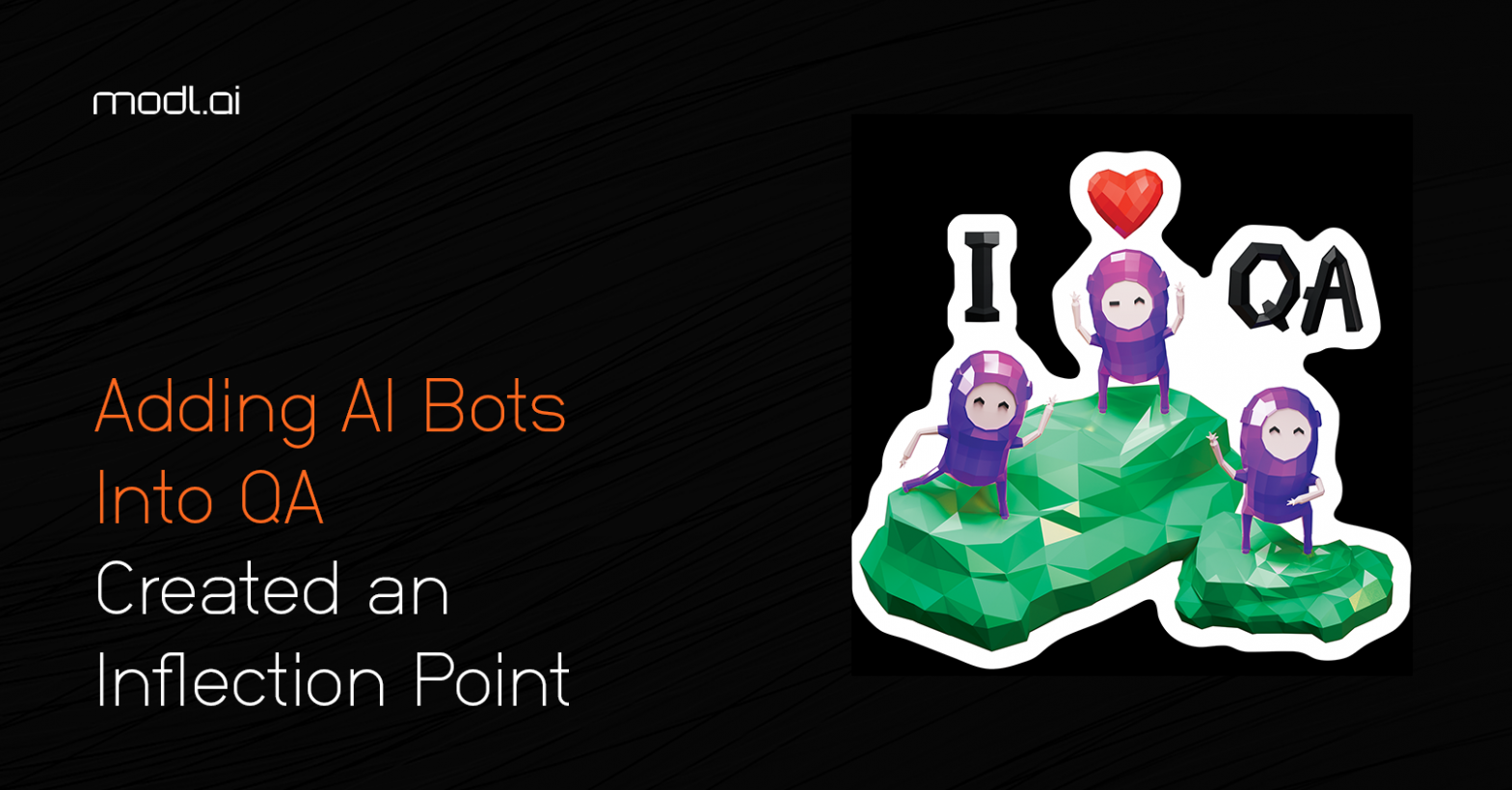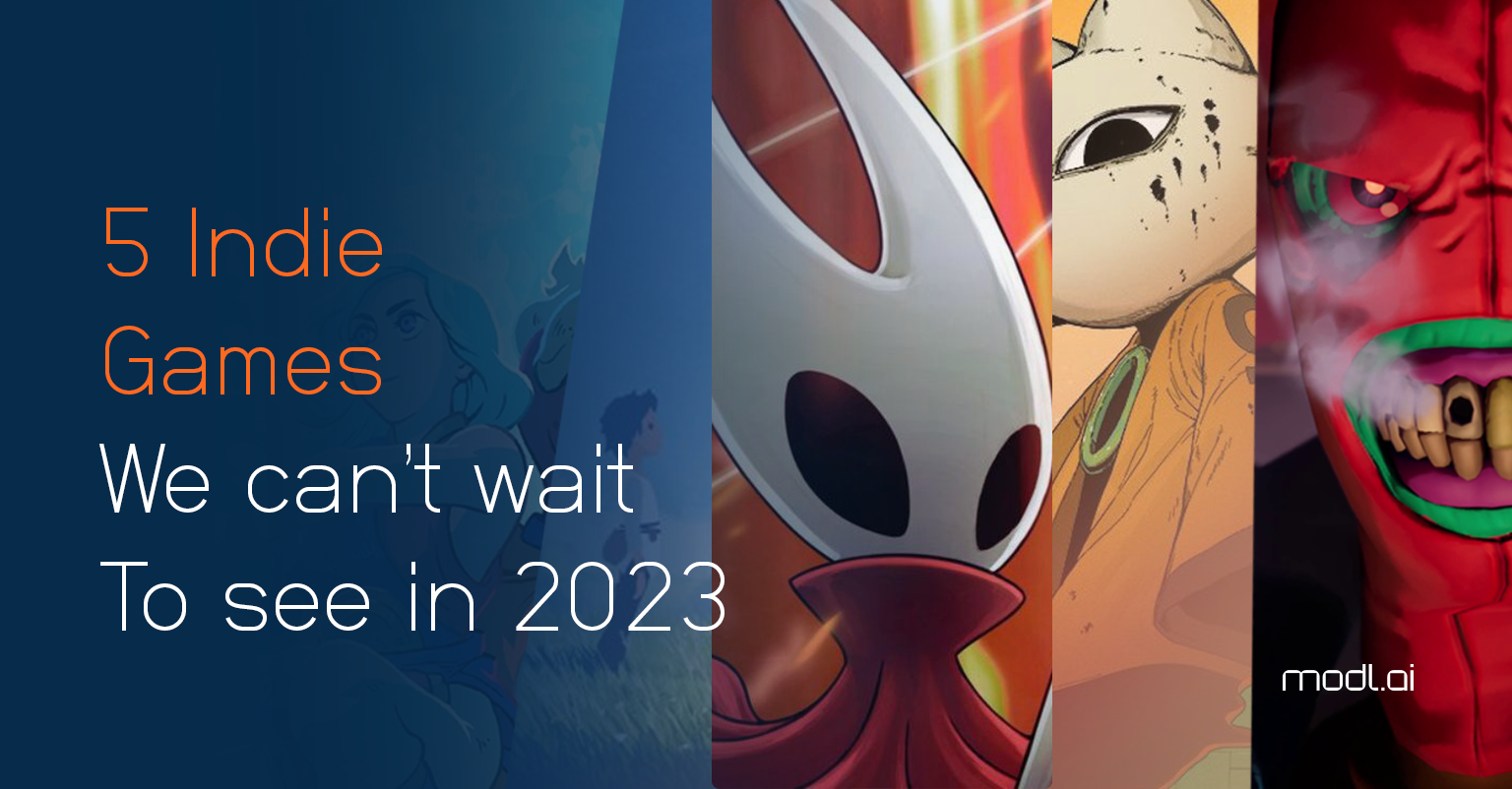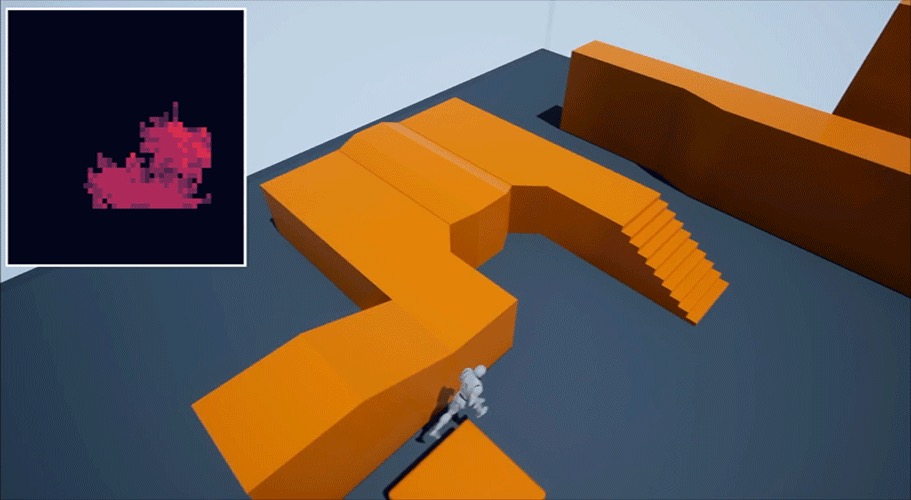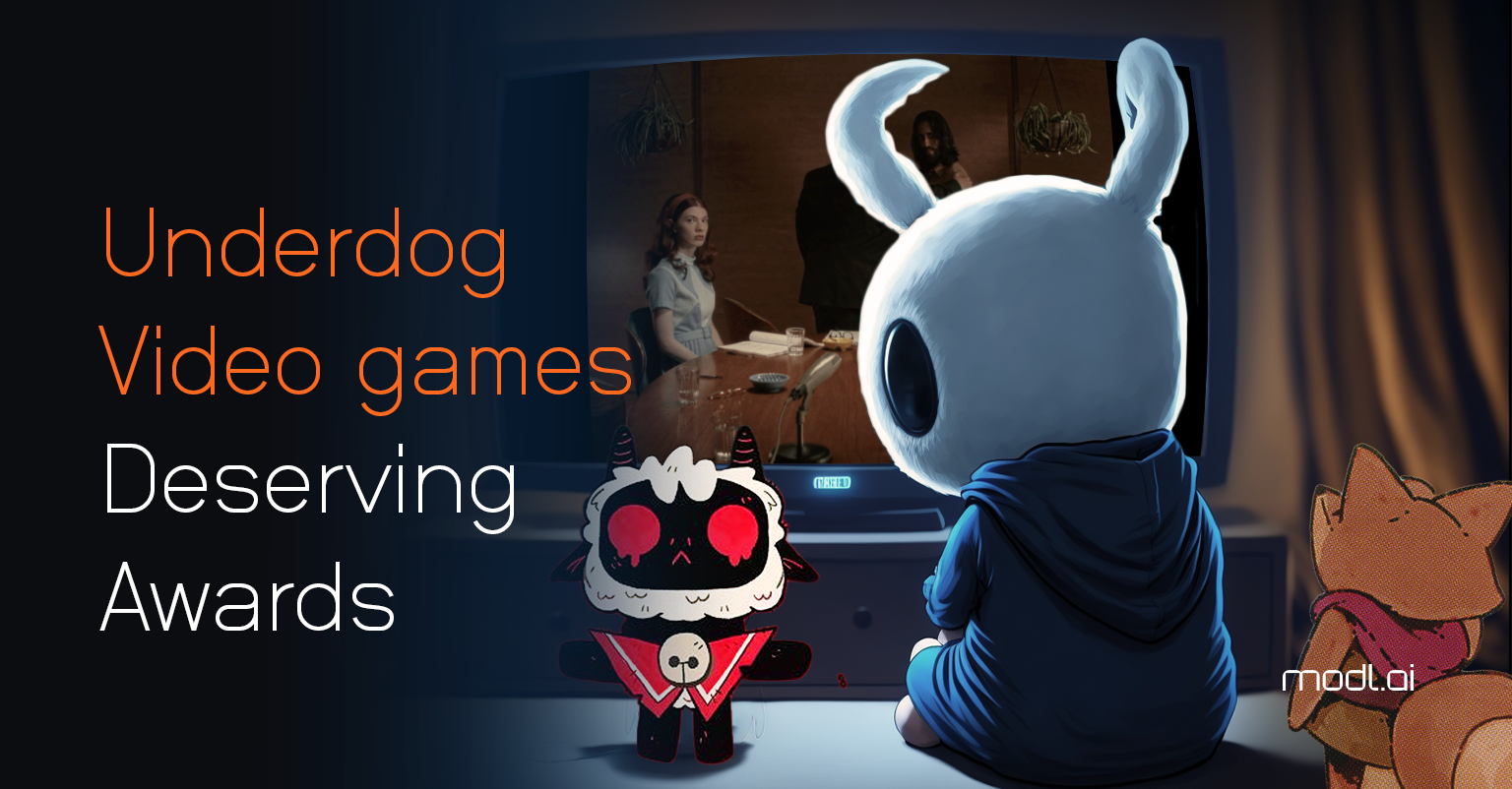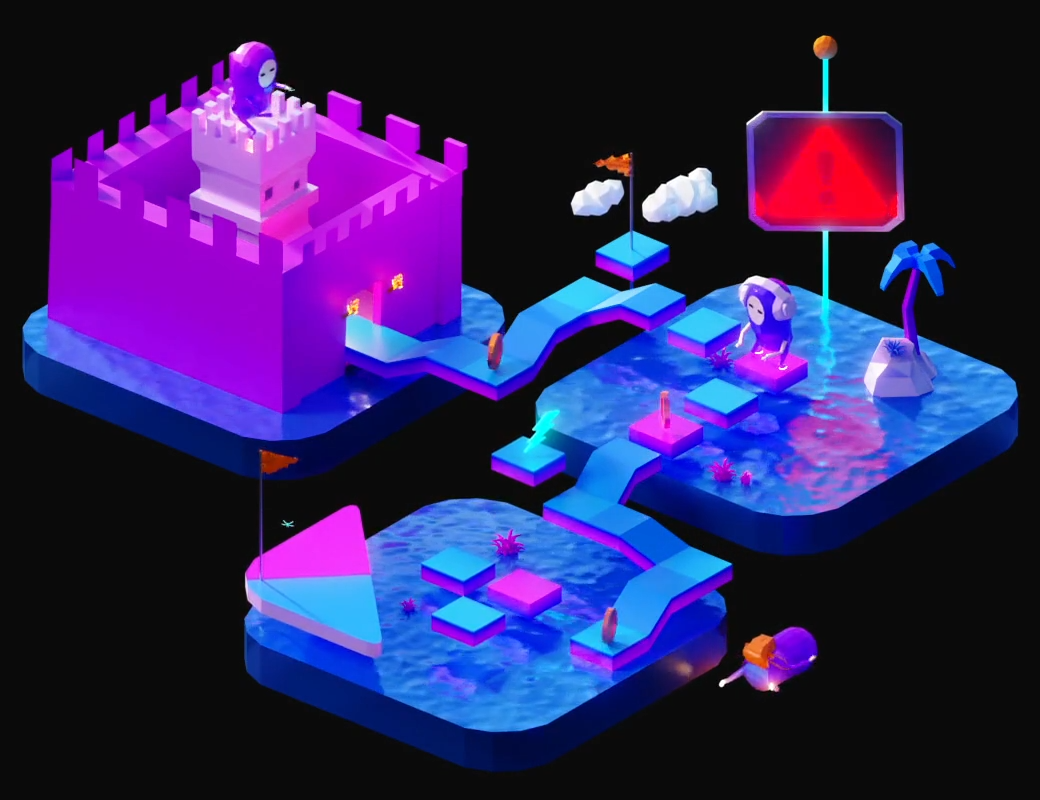The journey of video games, from their beginnings to today’s sophisticated and complex experiences, is a testament to the relentless march of technological innovation. A pivotal area where artificial intelligence (AI) has revolutionized the industry is in the development and quality assurance (QA) of non-player characters (NPCs), or bots. This article delves into the evolution of AI in video game development, emphasizing the transformative role of bot QA.
Since the Space Invader era, game makers have sought to challenge the player in interesting, and surprising ways. Although a wiggly alien moving left and right seems a far cry from what can now be conceptualized as AI, the influence it had on the gameplay experience is undeniable. These initial forays into AI technology relied on a set of predefined rules and conditions to govern NPC actions, making them suitable for uncomplicated tasks such as patrolling defined zones or following predetermined paths. However, these systems were inherently limited by their inability to adapt to dynamic environments or learn from interactive experiences.
As the field of game development matured, more advanced AI techniques like finite state machines (FSMs) and behavior trees emerged. FSMs facilitated NPCs’ ability to transition between various states based on specific conditions, while behavior trees allowed for more intricate decision-making processes by structuring behaviors into hierarchical models. These innovations resulted in more sophisticated NPC behaviors, thereby enriching player experience.
In the mid-2000s, advancements in pathfinding and navigation algorithms became critical components of AI in game development. Algorithms such as A* (A Star) and Dijkstra’s algorithm enabled NPCs to navigate complex virtual environments efficiently, avoiding obstacles and determining optimal routes. This not only enhanced gameplay but also decreased development time by automating previously labor-intensive programming tasks.
The late 2000s marked the advent of machine learning (ML) and deep learning (DL) techniques in video game development. ML algorithms empowered bots to learn from their environment through iterative trial and error, enabling adaptive strategy formulation based on in-game feedback. DL models, inspired by the neural architecture of the human brain, could process vast datasets to identify patterns and make decisions with greater precision than traditional rule-based or even standard ML systems. This ushered in an era of NPC behaviors that could more closely emulate human player actions.
Quality Assurance work in video games draws on the resourcefulness and creativity of testers, and rests on a requirement for their unparalleled familiarity with the game, and its multiple systems. To ensure the robustness of the player experience, multiple types of tests need to be conducted, ensuring that the load of players connected to the game won’t impact performance, that the mechanics of the game function as intended, that visual and audio assets are timely and accurate. But possibly the task that requires the largest amount of time and creativity is to ensure that all players, despite their unique playstyle and preferences, have a satisfying experience in the game. This demands that QA professionals adopt as many gameplay personas as the game system allows – and as games become more complex, this task becomes more demanding.
In contemporary game development, introducing bots into the QA testing workflow has become a valuable tool for optimizing the QA pipeline. AI-based bots can execute repetitive testing tasks with unparalleled efficiency, generating informative data on game mechanics, performance issues and potential bugs that might elude human testers. Advanced bots, using machine learning or deep learning algorithms, possess the capability to learn from their environment, adapting their behavior during testing sessions. This results in more comprehensive test coverage while significantly reducing the time that QA professionals need to invest in the tasks. The data generated by bots can be further inspected and analyzed, to discover anomalies and unintended behaviors. In this way, AI tools can be used to ensure that the attention of game makers is distributed and appointed to those areas that are most in need of it .
As technology continues its rapid evolution, the future promises even more groundbreaking developments in this field. These advancements will not only enhance the gaming experience for players but also optimize and streamline the development process for studios globally.
For game developers and tech innovators, integrating AI-driven bots into the QA workflow represents a significant leap towards realizing more efficient, effective and scalable game development processes.


